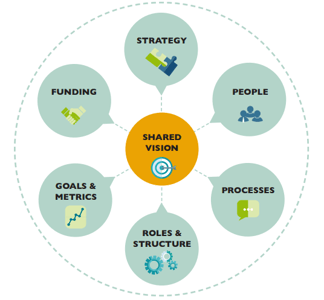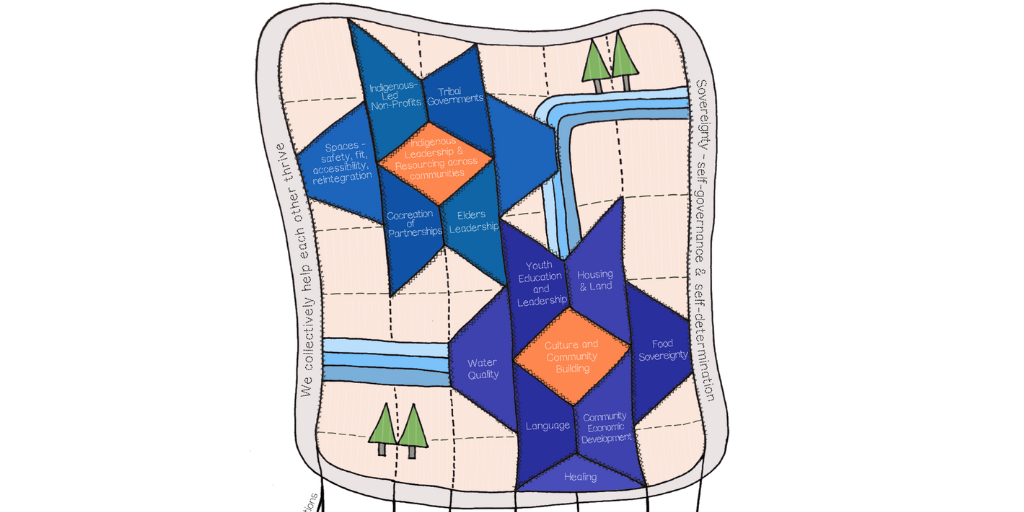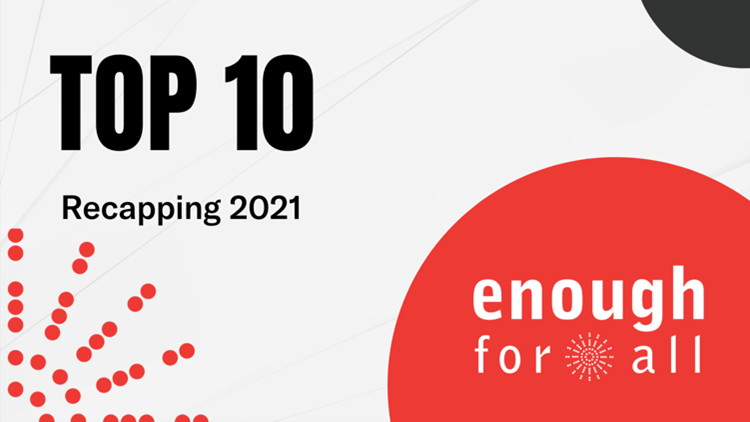Sometimes, things just don't seem to be feeling right in collective impact initiatives. If you feel that way about your own initiative, it might be time for a checkup. Fortunately, collective impact initiatives don't need doctors or even outside experts to tell them how they're doing. Conducting a transparent, shared, and meaningful selfassessment is a powerful experience that can build even greater commitment and energy among your group.
 Here are 3 tools we use to help collective impact initiatives assess their operating models how they are organized for the work. While other tools are appropriate for assessing impact, it's sometimes helpful for a group to take an honest look at whether the group itself is working.
Here are 3 tools we use to help collective impact initiatives assess their operating models how they are organized for the work. While other tools are appropriate for assessing impact, it's sometimes helpful for a group to take an honest look at whether the group itself is working.
- As a baseline assessment, we like to learn from working group members what level of engagement they believe they're operating at. Using the 5 Levels of Engagement Model, we ask the group: "What level are you operating at now?" "What level do you believe we need to be operating at to realize our vision?" and then, "What will it take to get to that level of engagement?"
- We also want to make sure that all the right voices are in the room in collective impact initiatives. The Four Voices of Collective Impact, based on the work of Jim Scully and John Body at ThinkPlace, helps us ensure that we have the voices of Intent, Experience, Expertise, and Design, and provides examples for how to bring those voices into your group.
- The Innovation Network Model is based on CoCreative's approach to collective impact, which we describe as "Collaborative Innovation," and outlines seven key elements of successful collaboration. Whether you're designing a new collective impact network or evaluating an existing one, you can use the model to ensure that the seven core elements are in place for success.
Finally, we have a few tips for collective impact leaders and funders around the assessment process itself:
- Avoid outside assessments that don't actively engage your working group participants. When we help turn around failing collective impact initiatives, participants often report to us that they were interviewed, probed, and examined, but not actually engaged in assessing their own operations as an initiative. That experience can be frustrating and disempowering for stakeholder participants.
- Always report back to stakeholders who provide input. If you consult stakeholders who aren't directly engaged in the collective impact initiative, be sure to always report back to them, sharing, "Here is what we heard from everyone and here's what we're doing with what we heard from you."
- Avoid doing assessments without a plan for meaningfully using the data. In other words, no assessments for the sake of assessing. Instead, ensure that a commitment is in place to turn the insight and learning from the assessment into a plan for improving the initiative.
Russ Gaskin is the managing director of CoCreative, a USbased consultancy that specializes in collective impact and social innovation strategy.
Learn more:
- Download the Five Levels of Engagement
- Discover the Four Voices of Collective Impact
- Learn more about the Innovation Network Model
- Stay up to date with The Latest thinking in community change. Subscribe to Tamarack Institute.





